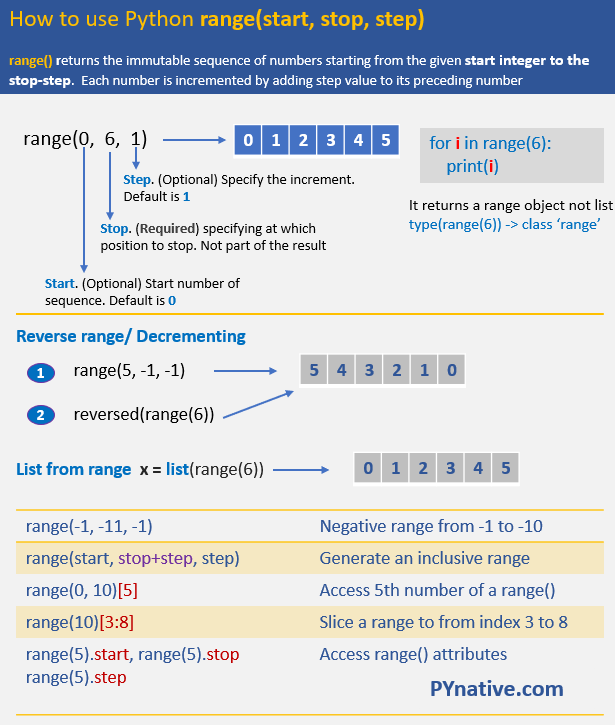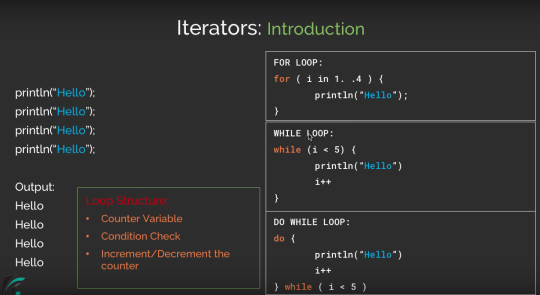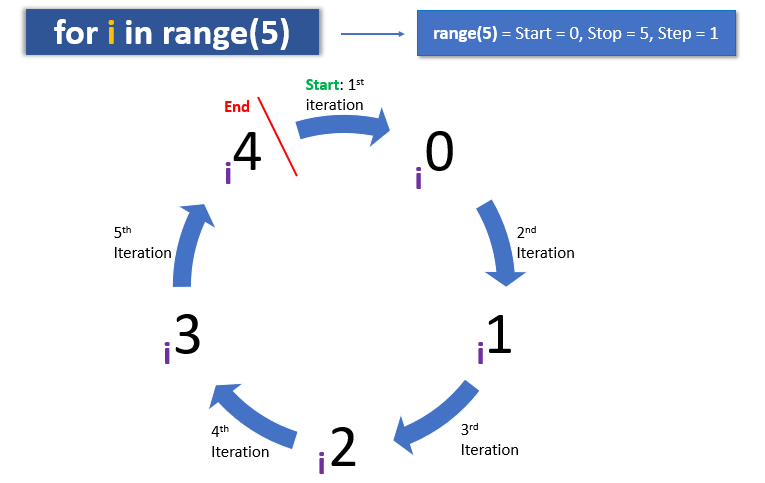
It will have to override the hasNext and next function of Iterator with the appropriate operators on. The filter() method takes a predicate-a lambda expression-as an argument. It returns a range of dates from Jan 1 till Dec 31. Let’s iterate over a range of values 1 to 5. When we use the for loop with an iterator, the loop will automatically iterate over the elements of the iterator until it is exhausted. Once we create a range, we can iterate over it using the for (x in. The for loop in Python is used to iterate over a sequence of elements, such as a list, tuple, or string. The second call confirms that the value “helq” is not in the range. Using forEach() method Using for loop An alternative for cycle utilizes the size of the list Using forEachIndexed() method Using a ListIterator and a while.

The first call verifies that the range includes the value “helm”, which is in the lexical order of words between the values “hell” and “help”. println(ntains("helm")) //true println(ntains("helq")) //false Most of the basic stuff can be done without iterators in a more succinct and more convenient way, especially now that we have range-based for-loops in C++. Let’s quickly check if a couple of values exist in that range. The range includes both the values before and after the. operator, followed by the last value in the range. Here’s a range of strings: val seekHelp: ClosedRange = "hell"."help" You’re not limited to primitives like int, long, and char. If you want a range of letters in the English alphabet, the process is the same: val aToE: CharRange = 'a'.'e' The type IntRange, which is part of the kotlin.ranges package, is provided for clarity, but you may leave it out and let type inference figure out the variable’s type. For instance, here’s a way to create a range of numbers from 1 to 5. Kotlin raises the level of abstraction to iterate over a range of values with specialized classes. But we don’t have to, at least not in Kotlin. Yet that’s how programmers have been writing code in many C-like languages.

Imagine telling someone to count from one to five by uttering “set i equal to 1 but while keeping i less than 6, increment i and report the value.” If we had to communicate with a fellow human that way, it would have ended civilization a long time ago. operator, kind of like how adding inc allows us to use the ++ operator.In this blog, we are going to learn about ranges and iteration in kotlin.
 operator fun
operator fun The rangeTo method will allow us to iterate over our range using the. This allows to use an instance of iterator in a for loop. Since we’re defining our custom range, CustomColor class must implement the rangeTo method.


 0 kommentar(er)
0 kommentar(er)
